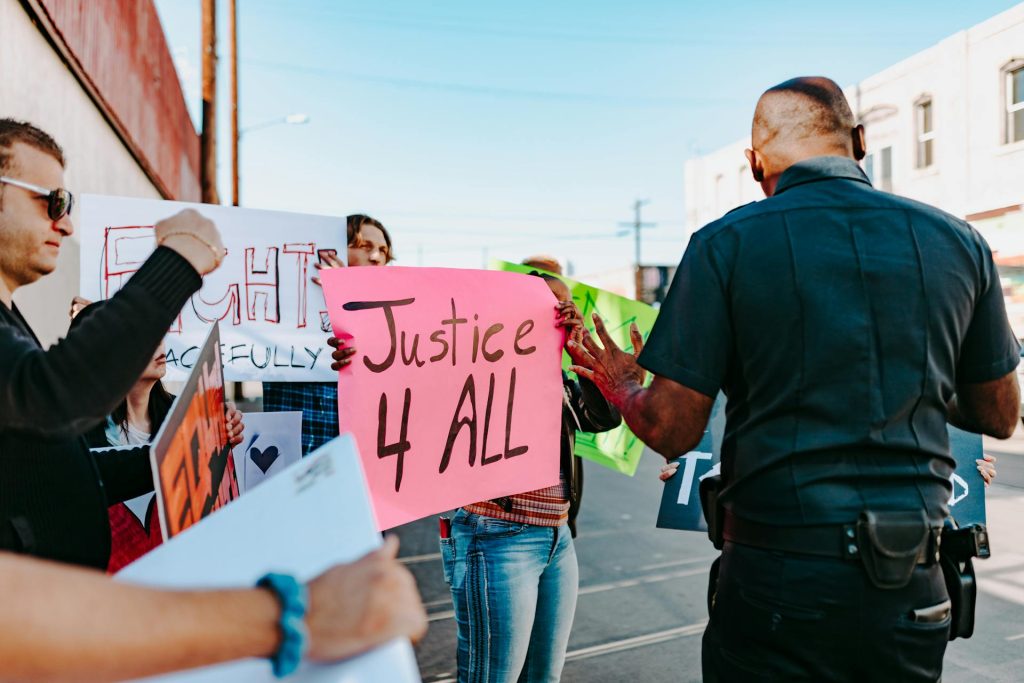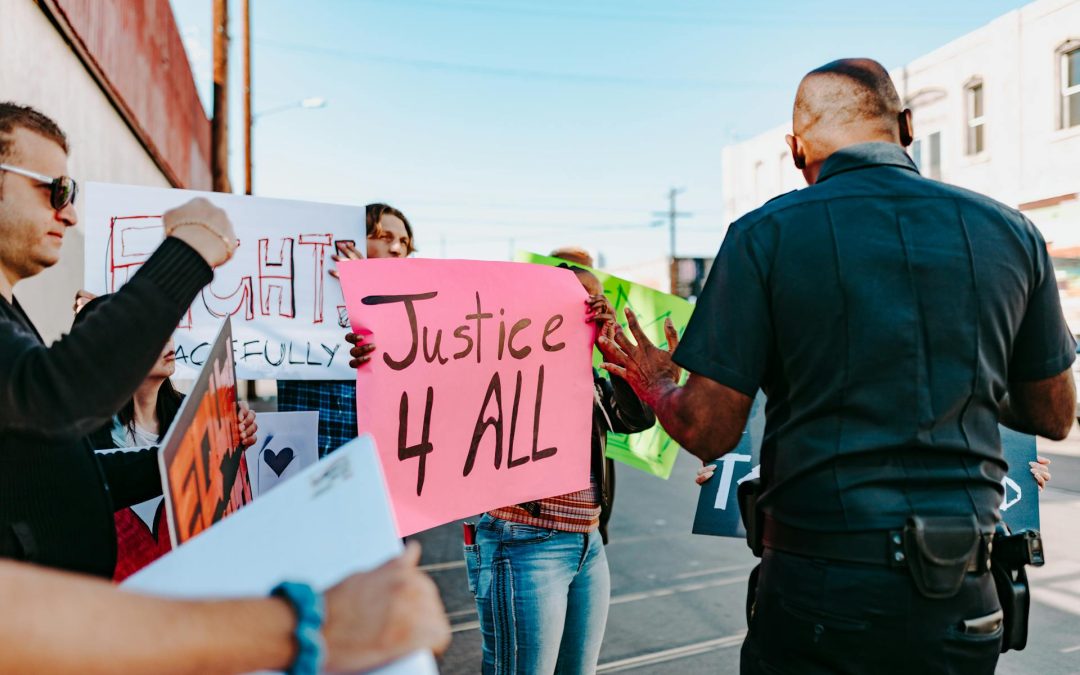Open any feed and you’ll see it: who speaks, who gets cut off, who’s cast as the hero, and who’s there just to smile. Media doesn’t just mirror culture—it molds it. When women, men, and people of all genders are shown fairly, audiences think more fairly, too. Simple as that.

Where bias hides (sneaky, right?)
Bias isn’t always a loud headline. More often, it slips in quietly:
- Casting women as caregivers and men as leaders—again.
- Using “female doctor” or “male nurse,” as if those jobs needed a warning label.
- Cropping photos to show women’s bodies, not their work.
- Quoting the same experts on every panel, while others wait in the wings.
- Algorithms promoting what’s “engaging,” even when it’s harmful.
Left unchecked, stereotypes spread. And once they stick, changing minds feels like pushing a boulder uphill.
The real-world cost of lazy stereotypes
This isn’t just about hurt feelings. Skewed storytelling:
- Distorts public policy debates by sidelining key voices.
- Limits young people’s sense of what’s possible.
- Hurts brand trust and campaign performance (audiences notice).
- Drains newsroom credibility—fast.
At the end of the day, biased media is expensive: socially, culturally, and commercially.
Seven shifts that work
You don’t need a giant budget to start fixing the frame. Try these, today:
- Source smarter
Keep a living list of diverse experts. Rotate voices on purpose. If your panel is a chorus of sameness, stop and reset. - Edit the language, not the person
Default to gender-neutral words: “firefighter,” “chair,” “spokesperson.” Describe the work first, not someone’s looks, age, or family status—unless it truly matters. - Balance the visuals
Show people doing things, not just posing. Match images to the story’s power: leaders leading, scientists experimenting, athletes competing. - Count what you publish
Track who appears, who speaks, who’s quoted. When you measure, you manage. When you don’t, well… bias wins by default. - Design with inclusion in mind
Captions readable. Audio clear. Alt text meaningful. Subtitles accurate. Accessibility isn’t extra credit—it’s the class. - Stress-test your story
Before you hit publish, ask: “Who’s missing? Who carries the blame? Who gets the glory?” If the answers point one way, even slightly, widen the lens. - Reward better habits
Celebrate teams that improve representation. Make it part of performance reviews and campaign KPIs. What gets rewarded gets repeated.
A pocket checklist for creators
- Does the headline frame people fairly?
- Are quotes balanced across gender and background?
- Is the B-roll or imagery reinforcing clichés?
- Would this copy read the same if we swapped genders?
- Did we get consent and context for personal details?
- Are we using inclusive alt text and captions?
If you can’t say “yes” to most of these, you’ve found your next edit.
Little words, big impact (mini style guide)
- Use: “parents,” “partner,” “they,” “first-year student,” “entrepreneur.”
- Avoid when irrelevant: “working mom,” “career woman,” “girl boss,” “male-dominated,” “manpower.”
- Swap clichés: “helping” → “leading,” “supports” → “directs,” “emotional” → “insightful,” “nagging” → “raising concerns.”
For brands and agencies: better stories, better results
Inclusive campaigns do more than win awards. They:
- Expand reach by reflecting real audiences.
- Reduce backlash risks and reputation drags.
- Spark brand love—because people see themselves.
Quick wins: broaden your casting brief, write character backstories that avoid stereotypes, and ask your media buyers to report on placements that don’t platform harassment.
For newsrooms: credibility on the line
Want trust? Earn it.
- Publish a short representation policy. Keep it public.
- Train reporters on bias and sourcing—twice a year, not once.
- Pair junior staff with editors who care about language and framing.
- Host community listening sessions. Then, act on what you hear.
How to measure progress without drowning in data
Pick three metrics and stick with them for six months:
- Share of voice by gender across stories or campaigns.
- Visual parity in photos and video (who’s centered, who’s active).
- Sentiment and engagement broken down by audience segment.
Report monthly. Celebrate gains. Fix the gaps. Rinse and repeat.
A simple workflow you can steal
- Plan: Include representation goals in briefs.
- Create: Use the checklist; stress-test the story.
- Review: One editor signs off on fairness.
- Publish: With alt text, captions, and content notes if needed.
- Reflect: Track outcomes, share learnings, and update the playbook.
Common pushbacks—and quick replies
- “We hire the best person.”
Great—then widen where you look. Talent isn’t scarce; access is. - “It’s not our audience.”
People notice who you platform even if they’re not on screen. The internet has eyes. - “We don’t have time.”
You do. Building a source list once saves hours later.
Stories that move us forward
When a girl sees a coder who looks like her, she applies. When a boy sees a nurse who’s a man, he respects the role. When non-binary people see themselves in a lead, they exhale. Small shifts, big ripples.
Your next step (don’t overthink it)
- Add one new expert to your contacts today.
- Rewrite one headline to remove bias.
- Swap one stock photo for a more accurate image.
- Share this playbook with your team.

